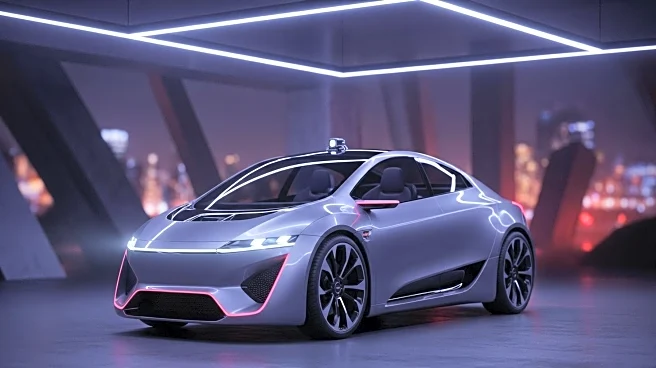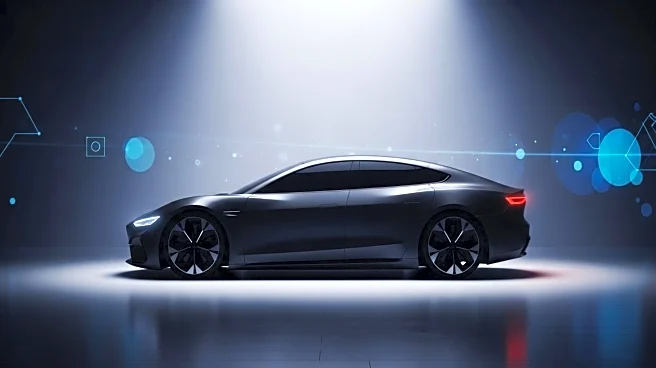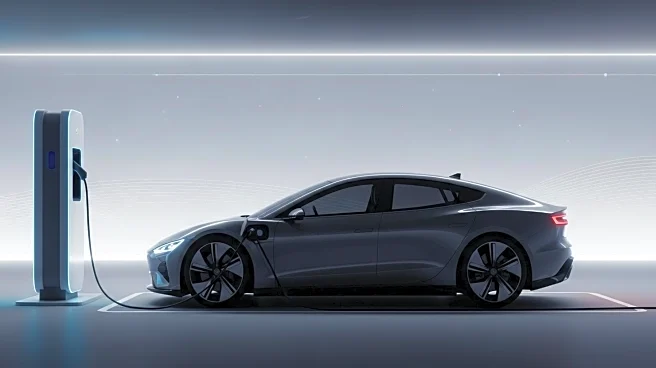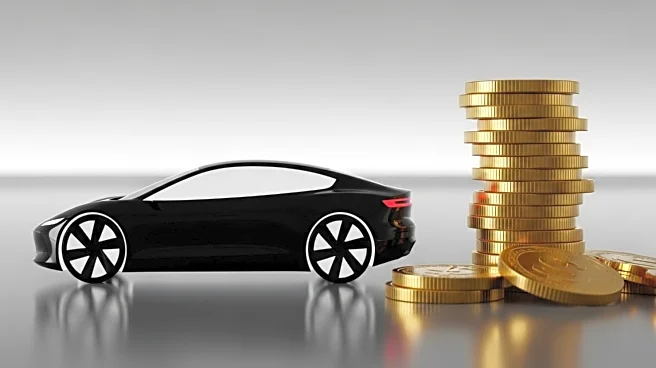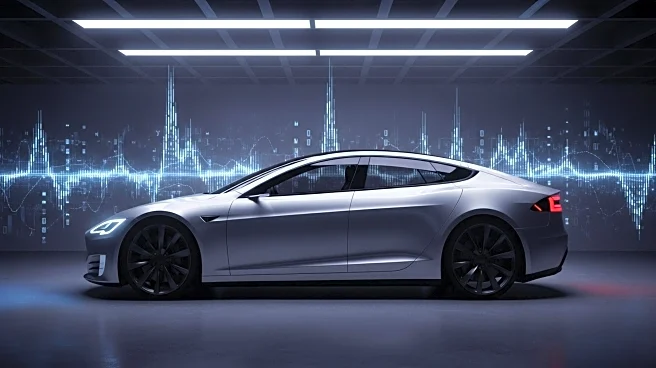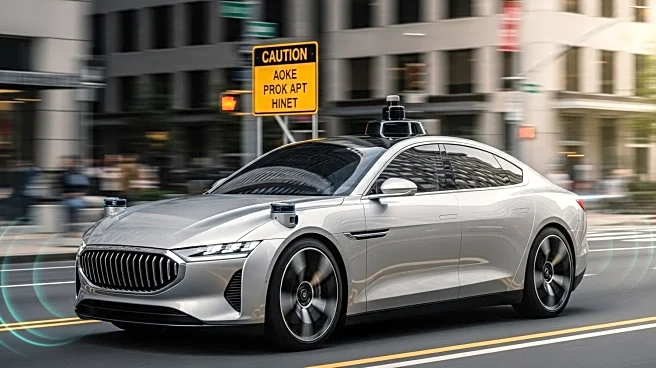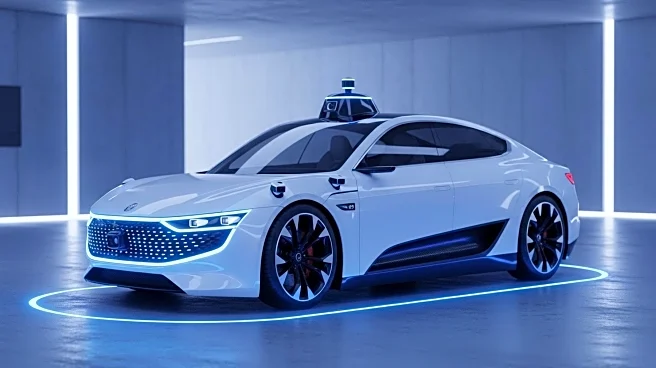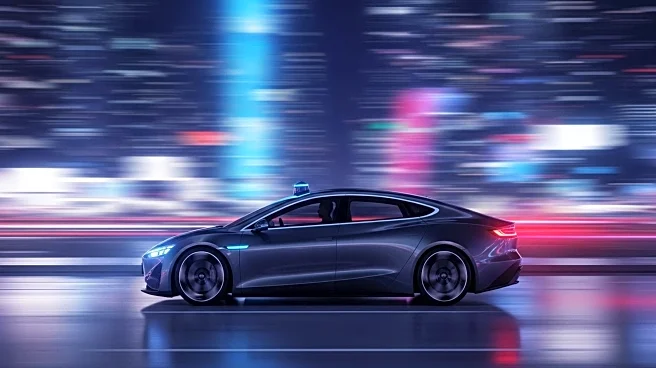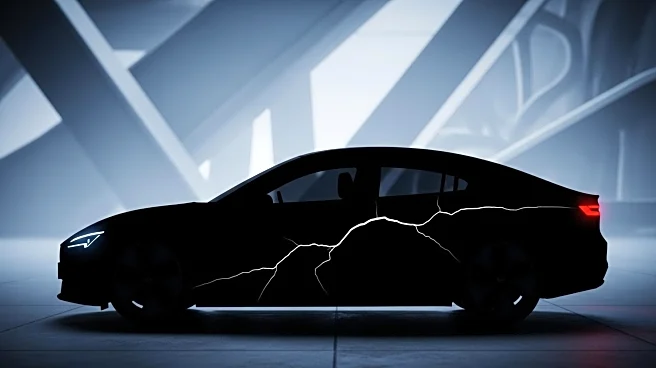What's Happening?
Tesla is preparing to release its Full Self-Driving (FSD) version 14, following a brief delay announced by CEO Elon Musk. Despite the anticipation surrounding this update, several persistent issues have been identified with the current FSD system. Users have reported that the navigation system often selects illogical routes, particularly when departing from Supercharger stations, sometimes suggesting illegal maneuvers like U-turns. Additionally, the FSD system tends to cruise in the left lane on highways, which is illegal in many U.S. states unless overtaking another vehicle. This behavior can disrupt traffic flow and is a point of contention among users. Furthermore, the system's parking capabilities have been criticized for frequently misaligning vehicles in parking spaces, despite performing well when the driver manually selects a spot.
Why It's Important?
The issues with Tesla's FSD system are significant as they impact the safety and legality of autonomous driving. Navigation errors and improper lane usage could lead to traffic violations and accidents, undermining public trust in autonomous vehicle technology. These problems also highlight the challenges Tesla faces in achieving truly autonomous driving, which is crucial for the company's long-term vision and market competitiveness. The ability to perform basic driving tasks reliably is essential for consumer confidence and regulatory approval. As Tesla continues to push the boundaries of autonomous driving, resolving these issues is critical to maintaining its leadership in the electric vehicle market and ensuring the safety of its users.
What's Next?
With the release of FSD v14, Tesla aims to address these issues and improve the system's performance. The company is likely to focus on refining the navigation algorithms and enhancing lane discipline to comply with traffic laws. Tesla may also introduce new features, such as a 'Preferred Highway Cruising Lane' option, to give drivers more control over lane selection. As the update rolls out, user feedback will be crucial in identifying remaining challenges and guiding future improvements. Regulatory bodies and industry observers will be closely monitoring the update's impact on safety and compliance, which could influence future regulations on autonomous driving technology.

